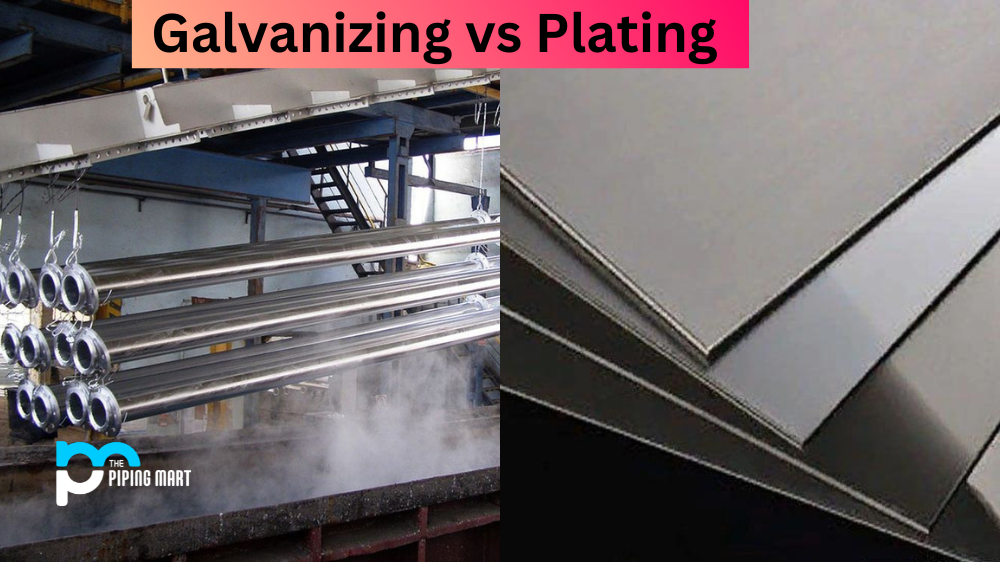Valves play an essential role in controlling the flow of fluids in various applications and industries. They are classified into various types based on their designs and functions. Two common types of valves that you may often hear are isolation valves and non-return valves. Although they may seem similar, they perform different functions and are used for different purposes. So, what is the difference between isolation and non-return valves? This article will discuss the key differences between the two and how they are commonly used in various applications.
What is Isolation Valve?
An isolation valve is a valve which isolates areas or circuits in piping systems and helps to control flow. It can control fluids such as gas, water, steam and oil in many industries. It typically allows maintenance on the downstream system without shutting down an entire plant or system. Often, these valves have an automatic closure feature that will shut off the line once the pressure drops too low.
What is Non Return Valve?
Non Return Valve (NRV) is a type of valve that allows for fluid flow in only one direction, preventing the backflow of liquids or gases. It consists of a movable disk in the centre of the flowing stream, which opens and closes depending on the pressure difference between the upstream and downstream sides. NRVs prevent back-siphonage or back-pressure, protecting pipes and systems from contamination by retracing potentially hazardous flows. They can be used in many applications, such as plumbing systems, boiler safety valves, gas burners, etc.
Difference Between Isolation Valve and Non Return Valve
Functions:
An isolation valve blocks fluid flow in both directions. It creates a barrier in a pipeline to isolate a particular section for maintenance or safety purposes. A non-return valve, on the other hand, allows fluid to flow in only one direction and prevents backflow or reverse flow. It consists of a flap or disc that opens when fluid flows in the right direction but closes to prevent backflow.
Types:
Isolation valves include globe valves, gate valves, and ball valves, among others. A globe valve offers tight shut-off and excellent control, making it ideal for regulating fluid flow. On the other hand, a gate valve has a simple design that allows for quick opening and closing. A ball valve is a full-bore valve that offers a low-pressure drop, making it ideal for controlling high flow rates. Non-return valves include swing check valves, lift check valves and spring-loaded check valves. A swing check valve is the simplest form of non-return valve, while spring-loaded check valves offer a more precise control of the valve.
Uses:
Isolation valves are commonly used in applications where you must shut off a pipeline section for maintenance, repairs, or safety purposes. They are installed at different points along a pipeline, such as the start or end of a section or at a T-junction or cross-section. Non-return valves, on the other hand, are commonly used in applications where backflow or reverse flow prevention is required. Typical applications include wastewater treatment plants, pumping stations, and irrigation systems.
Design:
Isolation valves are designed to withstand high pressures and are constructed using robust materials such as cast iron, brass, or stainless steel. They have a stem that controls the valve, a body that contains the valve mechanism, and a disc or ball that seals against the valve seat. Non-return valves are simpler in design and construction, with a flap or disc that opens and closes to allow or prevent the flow of fluid. They may be constructed using PVC, cast iron, or stainless steel materials.
Maintenance:
Isolation valves require regular maintenance to keep them in good working condition. This may involve lubricating the valve stem, replacing damaged or worn components, and periodic testing for leaks. On the other hand, non-return valves require less maintenance but may need replacement or repair if they fail to prevent backflow or reverse flow.
Conclusion:
Isolation and non-return valves play significant roles in controlling fluid flow in various industries and applications. While they may seem similar, they perform different functions and are used for different purposes. An isolation valve is used to block the flow of fluid in both directions, while a non-return valve is used to prevent backflow or reverse flow. Understanding the differences between the two types of valves can help you choose the right valve for your specific application and ensure the efficient operation of your system. Always remember that when in doubt, consult with a licensed professional to ensure safety and proper function.

A passionate metal industry expert and blogger. With over 5 years of experience in the field, Palak brings a wealth of knowledge and insight to her writing. Whether discussing the latest trends in the metal industry or sharing tips, she is dedicated to helping others succeed in the metal industry.




